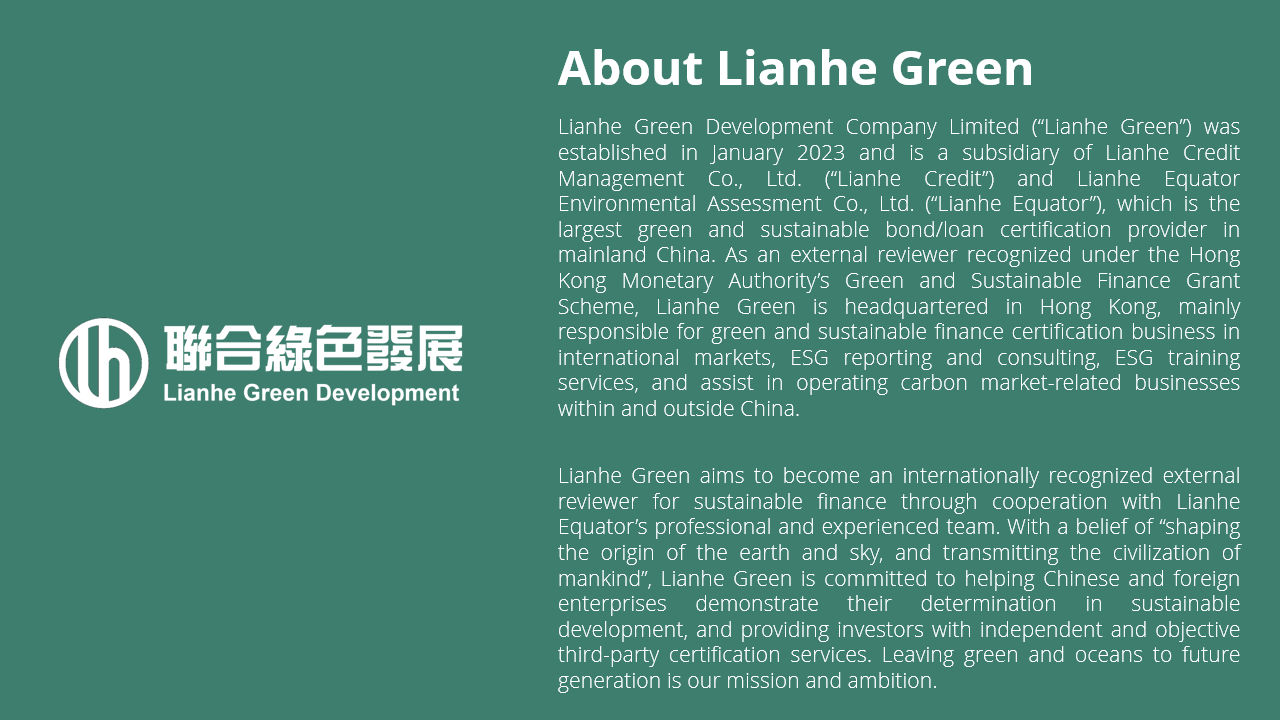 return
return
 current location:Home
current location:Home
 Reports and Insights
Reports and Insights
 Reports and Insights
Reports and Insights
 [Monthly Report] China’s National Carbon Market Expansion: A Gateway to Global Integration and Green Transition
[Monthly Report] China’s National Carbon Market Expansion: A Gateway to Global Integration and Green Transition
 return
return
 current location:Home
current location:Home
 Reports and Insights
Reports and Insights
 Reports and Insights
Reports and Insights
 [Monthly Report] China’s National Carbon Market Expansion: A Gateway to Global Integration and Green Transition
[Monthly Report] China’s National Carbon Market Expansion: A Gateway to Global Integration and Green Transition
category:Reports and InsightsRelease time:2025-05-30

I. Expansion of China's National Carbon Market to Three Major Industries: Entering a Multi-Sector Trading Era
In March 2025, the Ministry of Ecology and Environment (MEE) officially released the Work Plan on Including the Steel, Cement, and Aluminum Smelting Industries into the National Carbon Emissions Trading Market. This marks the formal expansion of China’s national carbon market from the power sector to three additional high-emission industries: steel, cement, and aluminum smelting.
This move is a key step in implementing China’s “dual carbon” strategy (carbon peaking and carbon neutrality), signifying a transition from a “single-sector pilot” to a “multi-sector coverage” mechanism. According to MEE’s official interpretation, the policy includes the following highlights:
1. Significant Expansion of Market Scope: From a Single Sector to Multi-Sector Coverage
Since its launch in 2021 focusing on the power sector, China’s national carbon market has become the world’s largest in terms of emissions coverage, playing a vital role in driving corporate emission reductions and promoting low-carbon transformation.
With the inclusion of steel, cement, and aluminum smelting sectors in 2025, market participants will become more diverse, and market vitality will increase. This expansion will raise the coverage of national carbon emissions from around 40% to over 60%, with total covered emissions increasing from 5 billion to 8 billion tons. This is expected to enhance the market’s pricing function and resource allocation efficiency, providing stronger market support for China’s climate goals.
2. Clear Management Targets and GHG Scope for Scientific Governance
The expansion brings approximately 1,500 new enterprises into the system, covering enterprises in the three sectors with annual comprehensive energy consumption of 26,000 tons of standard coal or more. The total number of regulated entities nationwide will increase to around 3,700.
GHGs covered include:
3. Intensity-Based Allocation with a Phased, Balanced Approach
To balance emission reduction goals with industry development, the system adopts a gradual approach to emissions allowance allocation:
4. Standardized System Design and Comprehensive Data Quality Assurance
To improve market efficiency and data credibility, MEE has established a comprehensive data quality management system, including:
II. Insights from Lianhe Green: Expansion Drives Market Maturity and Corporate Green Transition
1. A Maturing National Carbon Market Drives Emission Cuts and Supports Industrial Green Transformation
According to the EU report GHG Emissions of All World Countries 2024, China accounts for approximately 30% of global GHG emissions. With the expansion of China’s carbon market to the steel, cement, and aluminum smelting sectors, the coverage ratio rises to over 60%, meaning the market will cover about 18% of total global emissions[1].
Source:EU’s《GHG Emissions of All World Countries 2024》
This enhances the market’s global representation and regulatory strength, showing that China’s carbon market is evolving into a mechanism capable of supporting macro-level emission targets.
The inclusion of diverse sectors brings more variation in marginal abatement costs and emission pathways, improving market liquidity and price discovery. As carbon prices better reflect actual supply-demand dynamics and mitigation costs, a more scientific and efficient carbon pricing system will emerge.
Carbon pricing compels high-emission industries to integrate carbon costs into operational decisions, accelerating energy-saving upgrades and structural optimization. Revenues or cost savings from market participation can be reinvested into decarbonization, forming a virtuous cycle of “investment – reduction – return – reinvestment.” This supports both corporate growth and supply chain-wide emission reductions.
2. Alignment with CBAM to Enhance International Competitiveness and Compliance
The three newly included sectors—steel, cement, and aluminum smelting—correspond to three of the six product categories covered by the EU’s Carbon Border Adjustment Mechanism (CBAM). These are also the top three Chinese exports to the EU within the CBAM scope and are most directly affected.
As China’s carbon market matures and a more robust pricing mechanism emerges, companies may be able to deduct the carbon costs already incurred domestically from their CBAM liabilities, reducing compliance costs and improving global competitiveness.
Moreover, recent CBAM revisions by the European Parliament aim to simplify reporting procedures and ease the burden on SMEs and occasional importers, signaling a faster rollout of global carbon border regimes[2]. For Chinese companies, this presents both a challenge and an opportunity to prepare through institutional adaptation.
China’s carbon price will also become a key reference for CBAM deductions, directly affecting the carbon tax burden on exports. Meanwhile, global carbon market trends—such as EU carbon prices and international climate policy shifts—will influence domestic price expectations and carbon finance strategies. China’s national carbon market is thus becoming a vital bridge between international trade and climate governance, enhancing China’s strategic position in global green value chains.
3. Carbon Data Quality as the Core of Compliance; Verification Demand Surging
Carbon data is the foundation for international trade compliance and must meet standards of traceability, calculability, and verifiability. As more sectors are included in the ETS, corporate demand for carbon verification and assurance services is rapidly increasing.
The MEE is also accelerating efforts to:
High-quality data not only ensures regulatory compliance but also enhances a company’s performance in green finance and international markets.
III. Lianhe Green: Supporting Corporate Verification, Compliance, and Transition
As an officially registered verification body with the Tianjin Carbon Exchange, Lianhe Green brings deep expertise in carbon management, green finance, and international compliance. We offer integrated and professional services to support businesses with:
✅ Carbon Verification and Accounting Services
✅ Carbon Asset Management and Carbon Neutrality Roadmap Planning
✅ Green Finance Certification and Financing Facilitation
IV. Hong Kong’s Green Finance Ecosystem: A New Boost for High-Emission Sectors
As part of Hong Kong’s green finance ecosystem, Lianhe Green believes that Hong Kong—an international financial center—will play a pivotal role in supporting the transition of high-emission sectors through:
We look forward to working with industry partners to build a low-carbon, compliant, and globally competitive green development pathway.
Conclusion: Policy is the Starting Point, Transformation is the Destination
The expansion of China’s national carbon market is not only a deepening of climate policy, but also essential preparation for Chinese companies to integrate into the global green trade system. Lianhe Green will continue to provide professional services to help enterprises navigate the three-fold transformation of domestic compliance, international alignment, and green finance.
[1] EU’s GHG Emissions of All World Countries 2024
[2] Parliament supports proposals to simplify EU carbon leakage instrument | News | European Parliament
